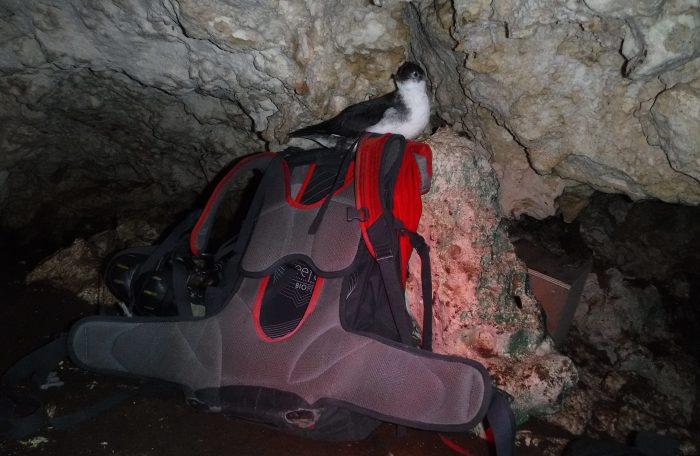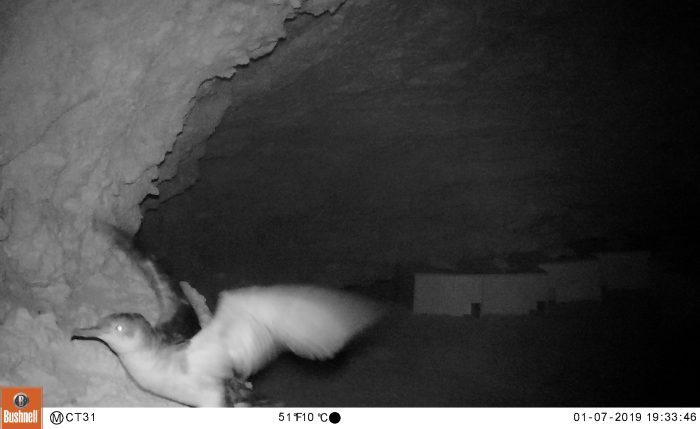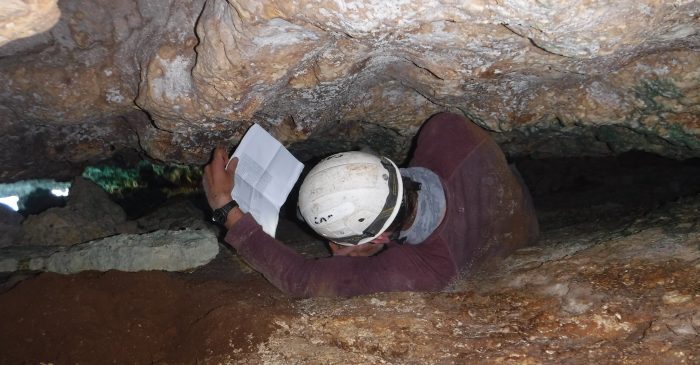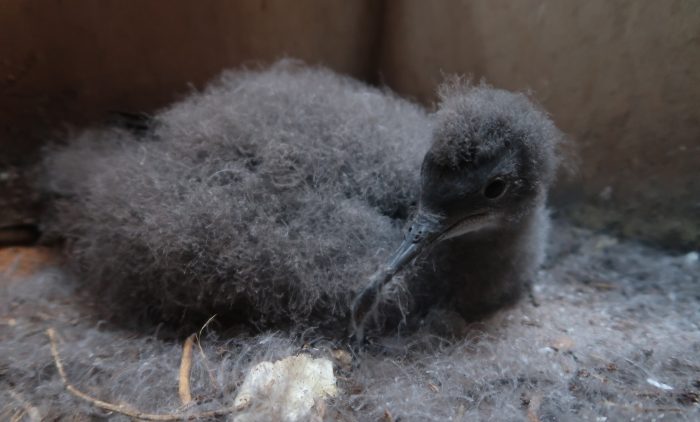The cliffs of the Maltese Islands are a little quieter now as the Yelkouan Shearwaters have departed and are well into their winter migrations. The cracks, caves and crevices where they breed are now vacant – save for their noisier neighbours, the Scopoli’s Shearwaters. Though the Yelkouans are now gone, the LIFE Arċipelagu Garnija project team has had a busy season carrying out vital conservation work for this threatened, yet under-studied species.

The LIFE Arċipelagu Garnija team welcomed a few new members of staff in 2019, expanding our expertise and providing extra hands to study shearwaters.
Most of our work is carried out within Yelkouan Shearwater breeding colonies. Here, we collect data and implement conservation actions against various threats, such as rat control and light pollution. Great results have been seen across the board, with light pollution taking the spotlight for 2019. Communication with stakeholders, local councils and decision makers has been key in raising awareness of the problem and improving the outdoor lighting of coastal areas. The number of these fledglings stranded as a result of light pollution has fallen for the first time in two years. Although this is undoubtedly good news, light pollution continues to be a major threat for seabirds in Malta. Interestingly, the number of fledglings recovered from the sea with waterlogged plumage has increased. Although we currently do not know why this is happening, we will continue to monitor this emerging threat.
The LIFE team gathers important data on Yelkouan Shearwaters through a variety of methods, either with remote devices or by the team themselves in the colonies. Monitoring in the colonies is achieved by checking accessible nests. Well, when I say, “accessible” I do not mean it is a simple walk in the park. Rather, it is done by abseiling or climbing up from the sea by kayak or boat and crawling deep into the caves where the spikiest of rocks can be found. We often only catch glimpses of the birds deep in their twisting nesting tunnels. These nests are checked throughout the breeding season from egg-laying and incubation, to hatching, chick rearing and eventually fledging – hopefully bearing a BirdLife Malta metal ring fitted to their left leg – an easy way to identify those individuals that originate from these islands should they be recaptured here in a few years’ time.

This year we had a record number of nest boxes occupied. Five nest boxes at Rdum tal-Madonna and one on St Paul’s Islands, probably by the same pair that had been seen prospecting in 2018. The occupation of the St. Paul’s Islands nest box is particularly encouraging as it is most likely down to the overwhelmingly successful rat control programme that LIFE Arċipelagu Garnija started on the islet in 2018. Since then, new pairs of Yelkouan Shearwater have started to occupy the cracks and colonise the caves of St Paul’s Islands.
For those colonies that are a little more difficult to access, we place infrared cameras to monitor the number of adults entering and exiting nesting caves each night. We also count the number of fledglings leaving these caves at the end of June, beginning of July. However, these cameras are not just for counting birds! They are also used to observe the behaviour of one of Europe’s most secretive seabird species. Some of which can been seen in our #NestWatch videos that follow the Yelkoaun Shearwater breeding season from start to end.
Some very encouraging news has already emerged from our analysis of breeding success. The number of chicks and fledglings ringed this year is the second highest ever, with 119 ringed throughout the different colonies. Once again, this may be attributed to the success of rat control programmes started in 2018, as well as a huge effort of the LIFE team in catching these birds – sometimes working at night for a whole week.
For now, it is office season and the team can only dream about Yelkouan Shearwaters! Data gathered over the course of this season will be analysed and reports written in preparation of 2020, the final year of LIFE Arċipelagu Garnija.
By Hannah Greetham, LIFE Arċipelagu Garnija Project Warden Assistant


